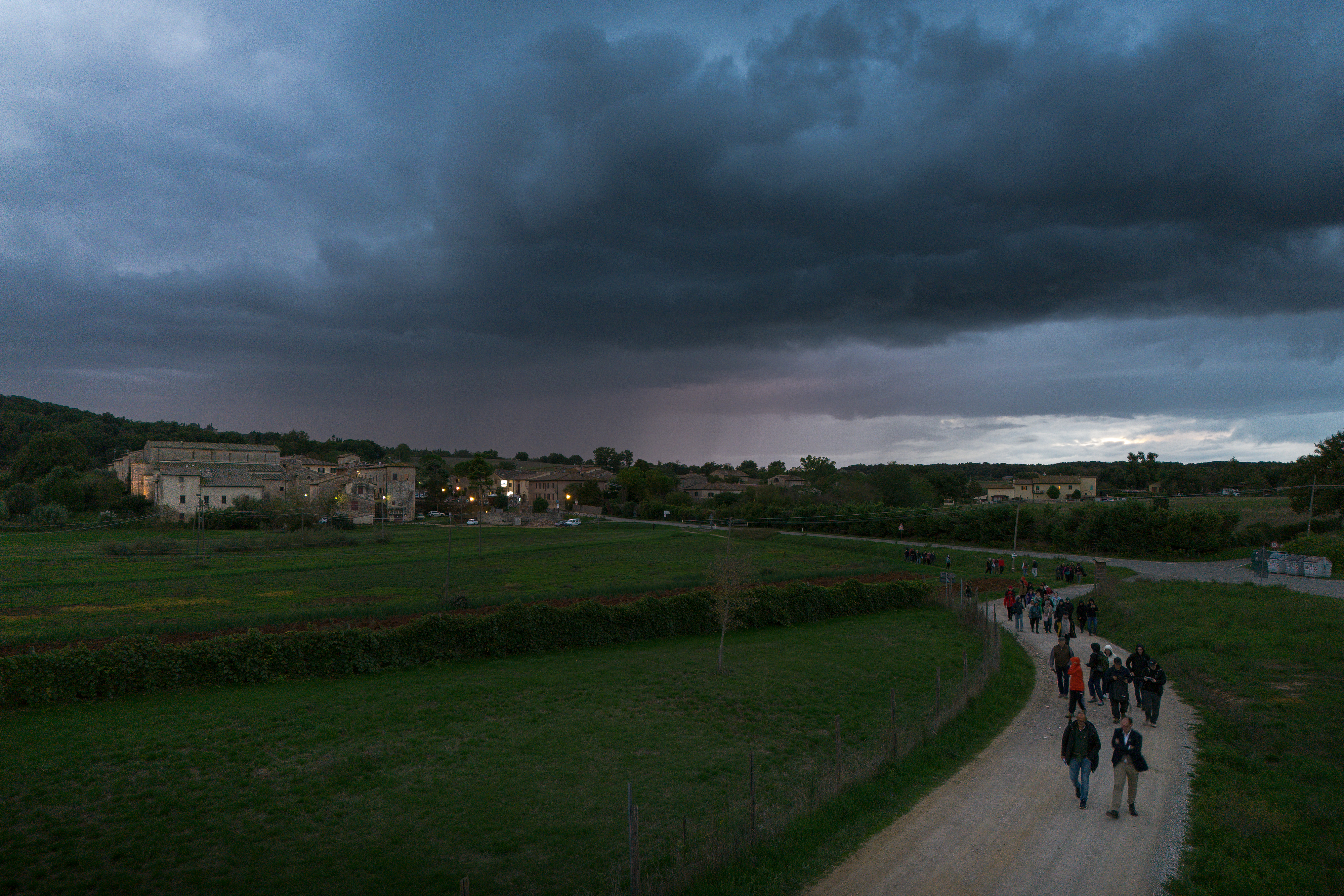GOING DARK WORKSHOP
October 2024, Tuscany
In October, I had the chance to attend the Going Dark Workshop organized by Traverso-Vighy and Light Collective in Tuscany. This workshop brings together individuals from around the world - each with unique expertise - to explore, discuss, and create solutions for preserving the dark sky. The event took place in Abbadia a Isola, a 1,200-year-old monastic village, which proved to be an extraordinary setting to immerse ourselves in darkness and reflect on its importance.
The first day began with all participants gathering in the monastery's cellar for introductions. The space was cold and dark, and once we managed to avoid triggering the motion -activated light sensor at the entrance, we began to acclimate to the absence of light. It’s remarkable how our eyes adapt to darkness when given time. The process involves photoreceptor cells in the retina - rods and cones - gradually adjusting to low light levels, a fascinating interplay of biology and patience.
With the only illumination coming from a red light, Martin Lupton of Light Collective gave a heartfelt welcome. The red light, passed hand to hand, became a symbol of connection as attendees introduced themselves and shared their experiences with darkness, the night sky, and light pollution. It was inspiring to listen to perspectives from professionals of diverse disciplines and backgrounds.
Following the introductions, we were shown the various workshop areas within the monastery. Each group was paired with lighting manufacturers, who provided luminaires and technical support. We had presentations from Thorn, Simes, Luce&Light, and WE-EF, which gave us insights into the lighting tools available for our projects.
My group was tasked with lighting the area behind the church’s apse. After visiting the site during daylight, we gathered around the table with Simes products to brainstorm ideas. Discussions focused on light pollution, the value of darkness, and how best to use the luminaires in our design. As the daylight faded, we ventured out with our red torches to test our concepts. Importantly, the monastery’s existing lighting was turned off, allowing us to work in genuine darkness.
Our approach centered on illuminating the pathway connecting the plaza to the apse and highlighting the apse itself, ensuring the church was visible from afar without creating light pollution. We experimented with luminaire positions, beam angles, filters, color temperatures, and light intensities. The flexibility provided by tools like CASAMBI was invaluable. Balancing brightness levels was eye-opening - literally! At first, we dimmed the lights to 10%, thinking it was sufficient, only to hear calls of “too bright!” from the distance. We continued lowering the intensity to 5%, and even 1%, still hearing “too bright!” and learning just how little light was needed to achieve our goals. This exercise challenged our assumptions about urban lighting practices - it was a revelation.
Beyond the technical work, the experience was enriched by a 3-kilometer walk from the monastery to the medieval castle town of Monteriggioni for dinner. Despite the rain and muddy paths - part of the historic Via Francigena, the ancient pilgrimage route connecting Canterbury to Rome - we embraced the journey with umbrellas in one hand and red torches in the other. The red light, chosen to minimize disturbance to the natural environment, symbolized our commitment to dark-sky-friendly practices. Walking under the overcast sky, in near-total darkness, felt like stepping back in time - a profound and humbling experience.
The workshop also included enlightening presentations on astronomy, tracking sea turtles, nighttime photography, and tools for measuring light. Each session added depth to our understanding of darkness, its impact on ecosystems, and the pressing need to protect it.
For me, Going Dark was about more than designing dark-sky-conscious lighting solutions. It was a journey into the science, history, and profound beauty of darkness - a reminder of what we lose when the night sky fades and how much we gain when we fight to preserve it.
You can find the workshop presentation below:
The first day began with all participants gathering in the monastery's cellar for introductions. The space was cold and dark, and once we managed to avoid triggering the motion -activated light sensor at the entrance, we began to acclimate to the absence of light. It’s remarkable how our eyes adapt to darkness when given time. The process involves photoreceptor cells in the retina - rods and cones - gradually adjusting to low light levels, a fascinating interplay of biology and patience.
With the only illumination coming from a red light, Martin Lupton of Light Collective gave a heartfelt welcome. The red light, passed hand to hand, became a symbol of connection as attendees introduced themselves and shared their experiences with darkness, the night sky, and light pollution. It was inspiring to listen to perspectives from professionals of diverse disciplines and backgrounds.
Following the introductions, we were shown the various workshop areas within the monastery. Each group was paired with lighting manufacturers, who provided luminaires and technical support. We had presentations from Thorn, Simes, Luce&Light, and WE-EF, which gave us insights into the lighting tools available for our projects.
My group was tasked with lighting the area behind the church’s apse. After visiting the site during daylight, we gathered around the table with Simes products to brainstorm ideas. Discussions focused on light pollution, the value of darkness, and how best to use the luminaires in our design. As the daylight faded, we ventured out with our red torches to test our concepts. Importantly, the monastery’s existing lighting was turned off, allowing us to work in genuine darkness.
Our approach centered on illuminating the pathway connecting the plaza to the apse and highlighting the apse itself, ensuring the church was visible from afar without creating light pollution. We experimented with luminaire positions, beam angles, filters, color temperatures, and light intensities. The flexibility provided by tools like CASAMBI was invaluable. Balancing brightness levels was eye-opening - literally! At first, we dimmed the lights to 10%, thinking it was sufficient, only to hear calls of “too bright!” from the distance. We continued lowering the intensity to 5%, and even 1%, still hearing “too bright!” and learning just how little light was needed to achieve our goals. This exercise challenged our assumptions about urban lighting practices - it was a revelation.
Beyond the technical work, the experience was enriched by a 3-kilometer walk from the monastery to the medieval castle town of Monteriggioni for dinner. Despite the rain and muddy paths - part of the historic Via Francigena, the ancient pilgrimage route connecting Canterbury to Rome - we embraced the journey with umbrellas in one hand and red torches in the other. The red light, chosen to minimize disturbance to the natural environment, symbolized our commitment to dark-sky-friendly practices. Walking under the overcast sky, in near-total darkness, felt like stepping back in time - a profound and humbling experience.
The workshop also included enlightening presentations on astronomy, tracking sea turtles, nighttime photography, and tools for measuring light. Each session added depth to our understanding of darkness, its impact on ecosystems, and the pressing need to protect it.
For me, Going Dark was about more than designing dark-sky-conscious lighting solutions. It was a journey into the science, history, and profound beauty of darkness - a reminder of what we lose when the night sky fades and how much we gain when we fight to preserve it.
You can find the workshop presentation below:
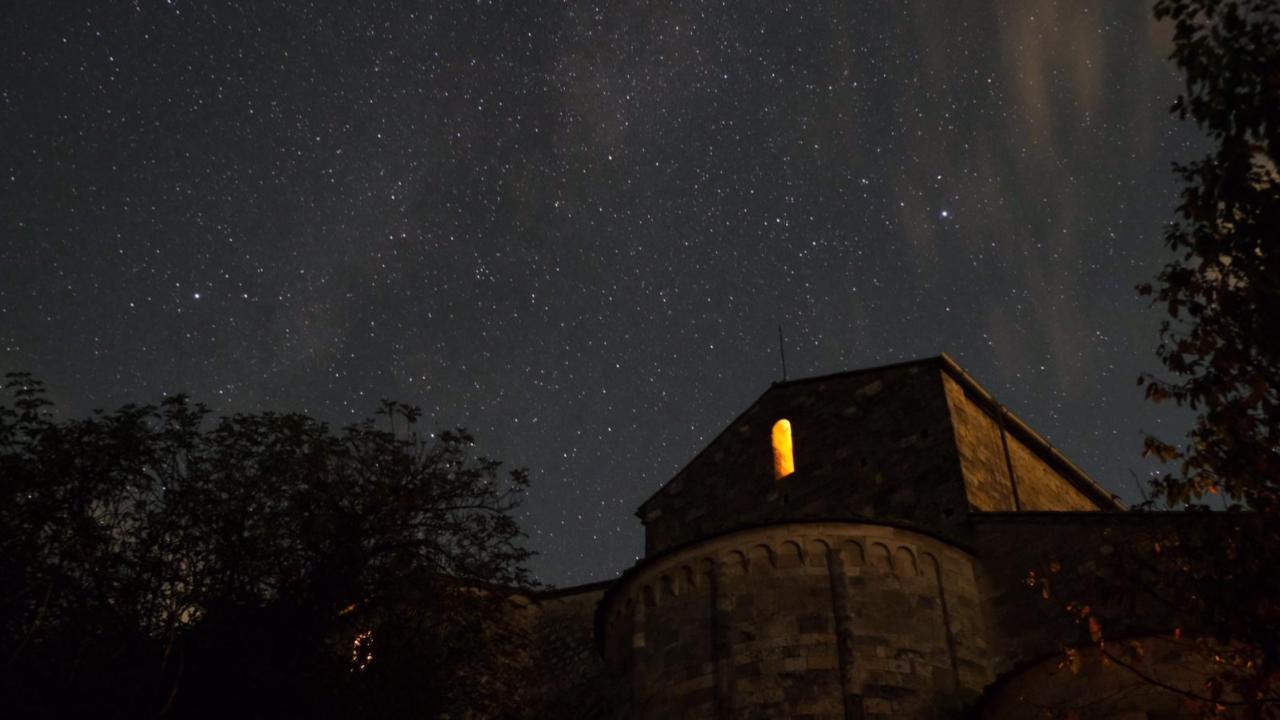
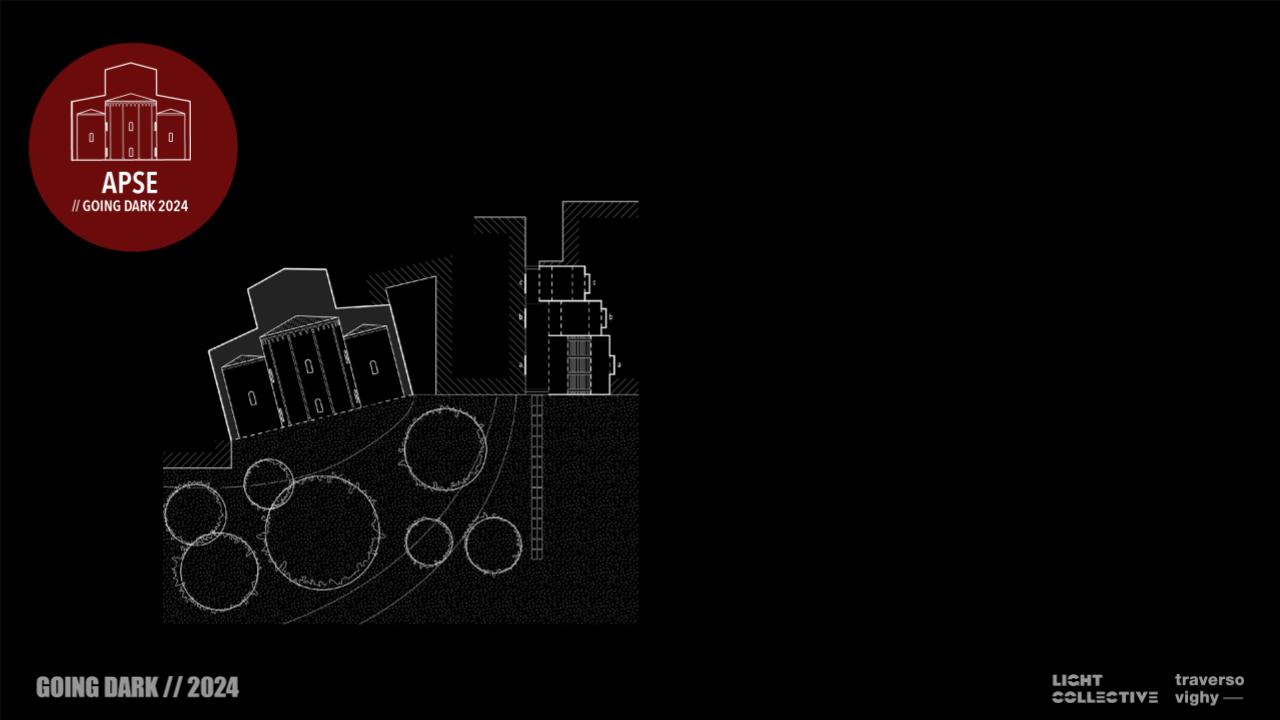
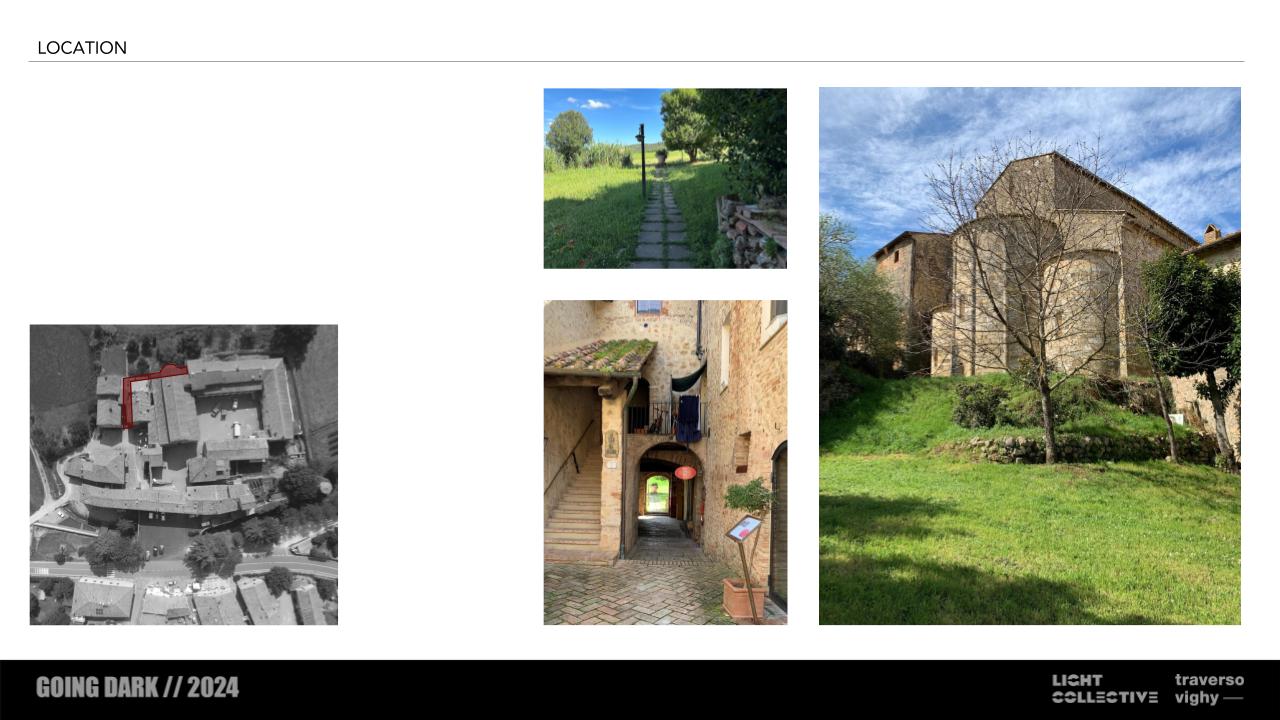
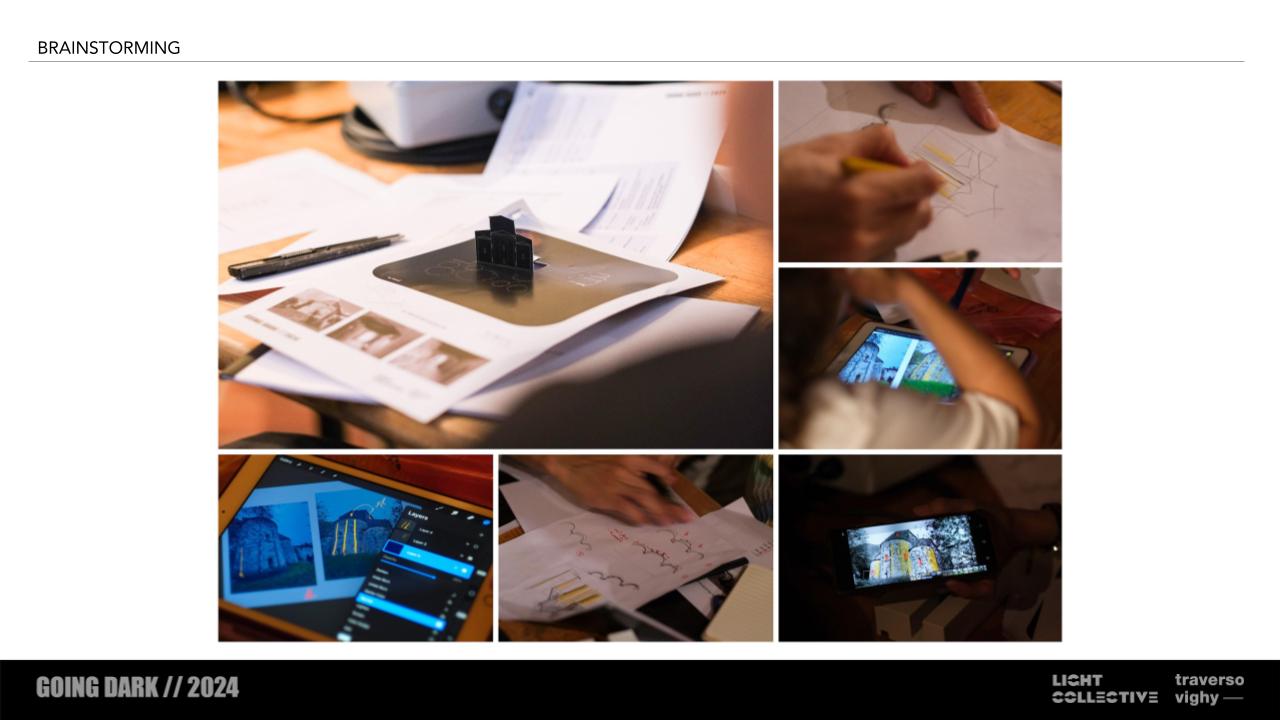
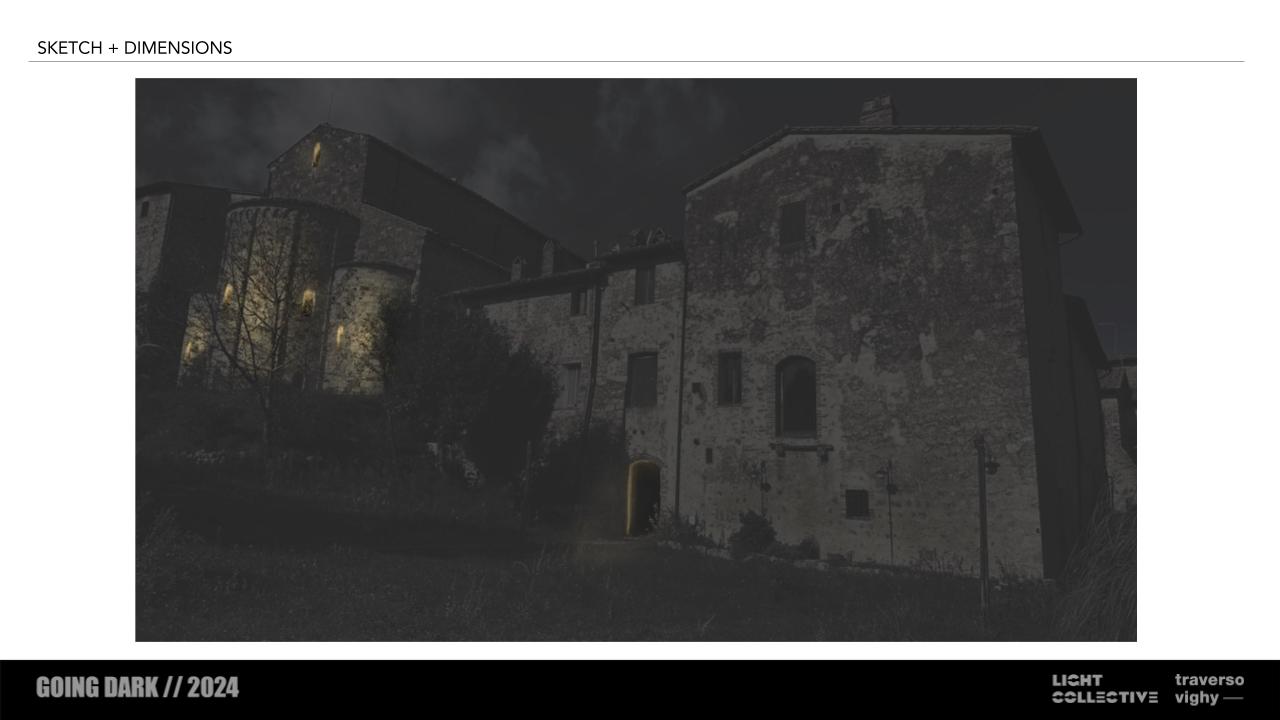

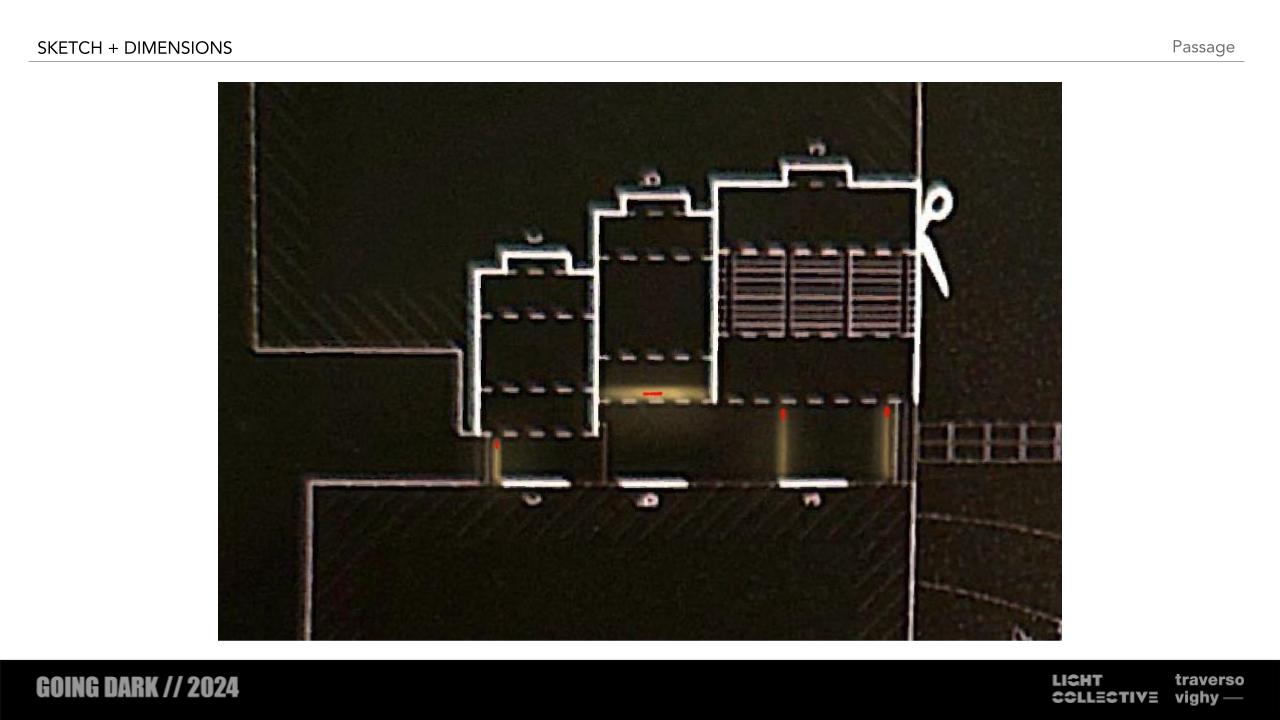
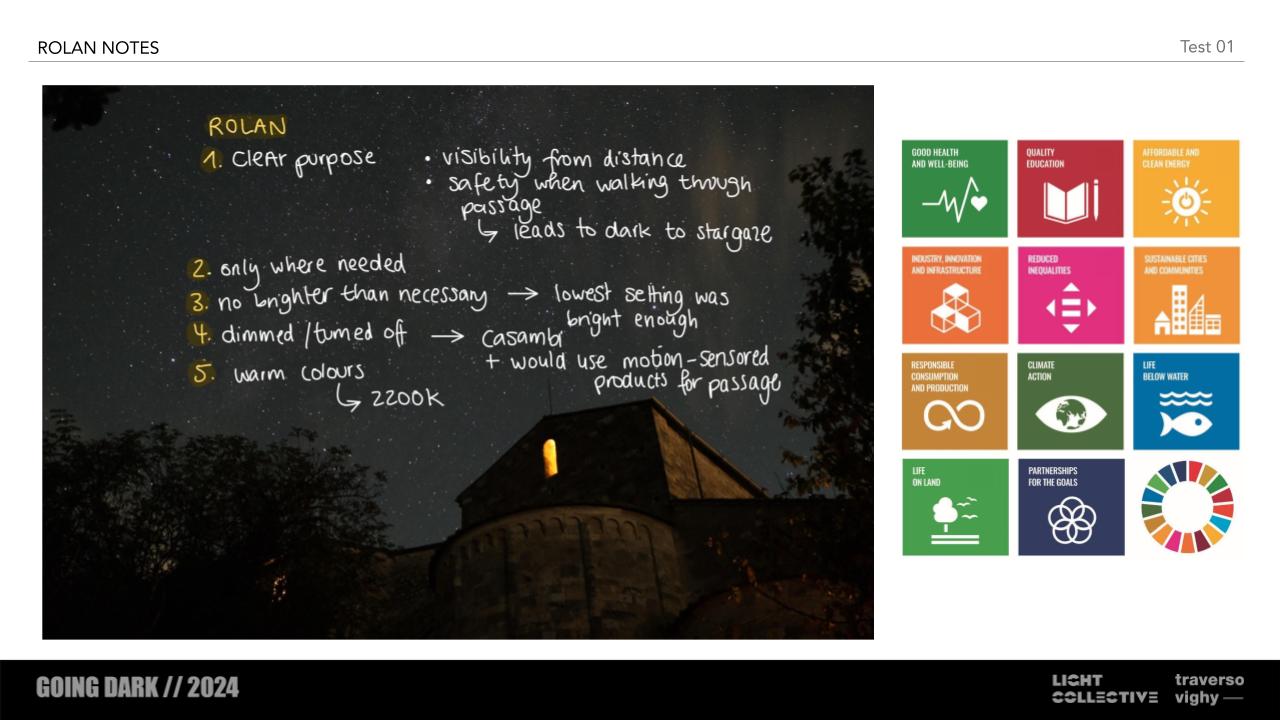
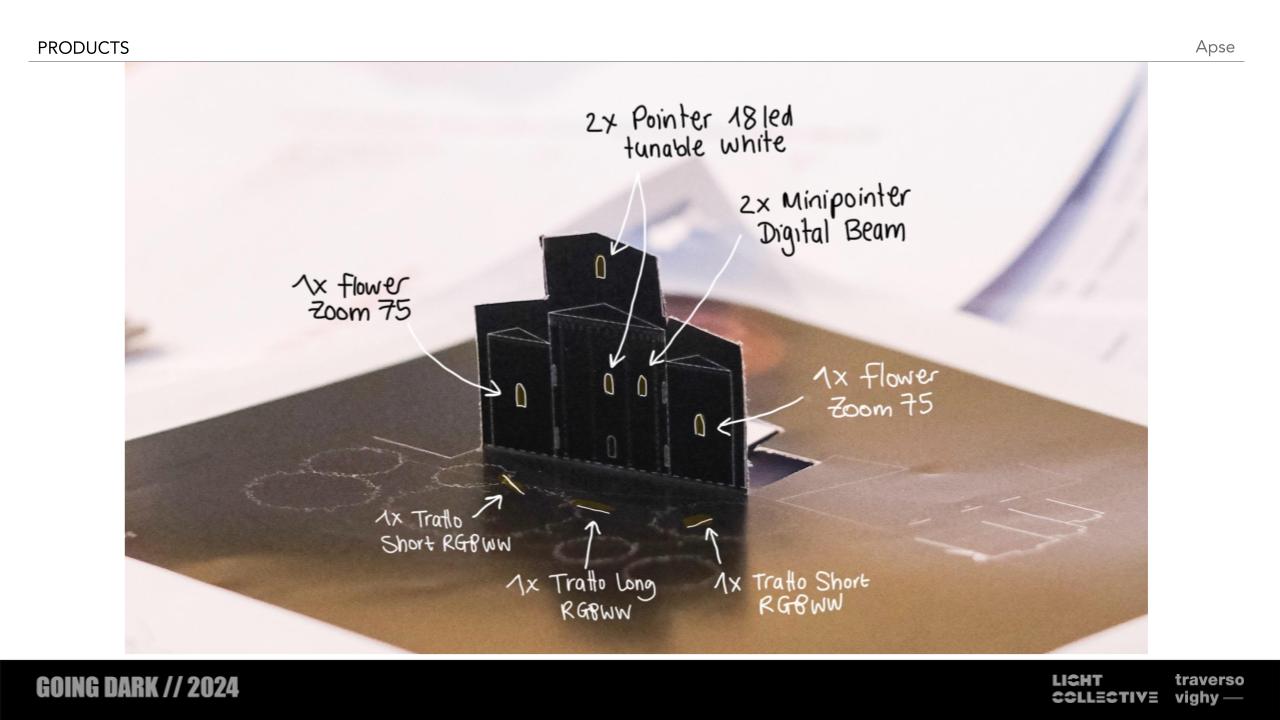
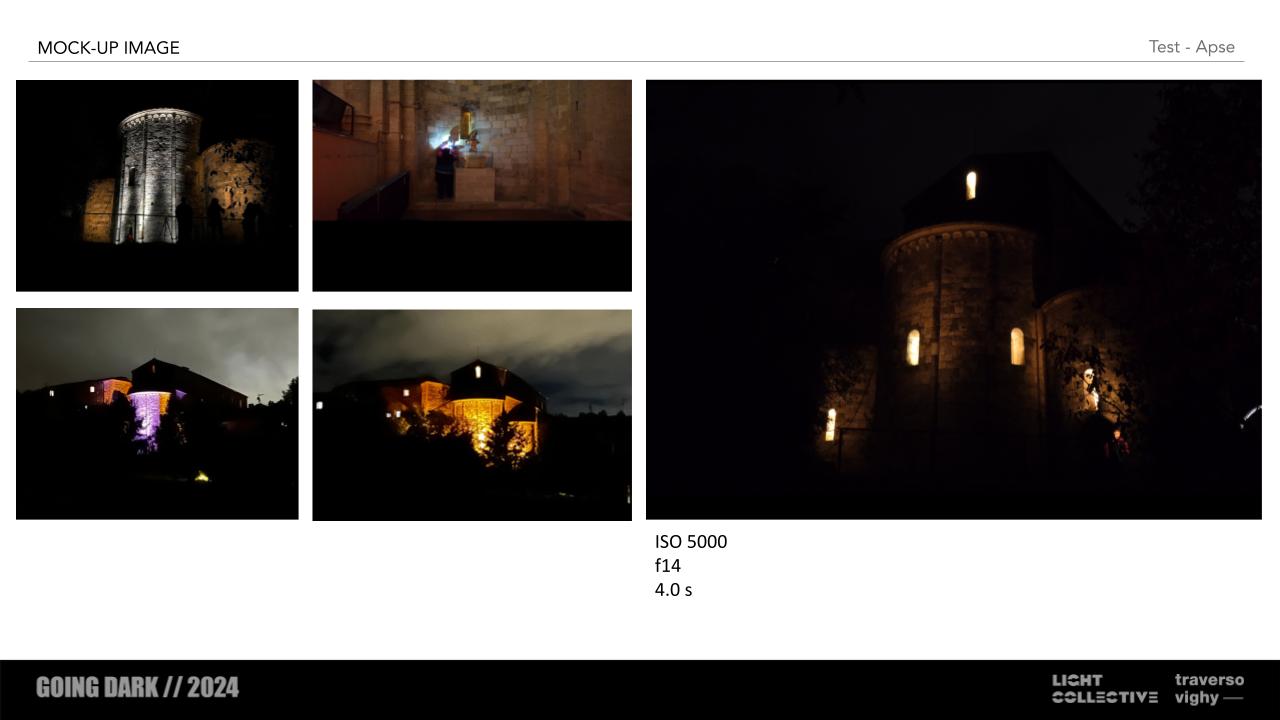
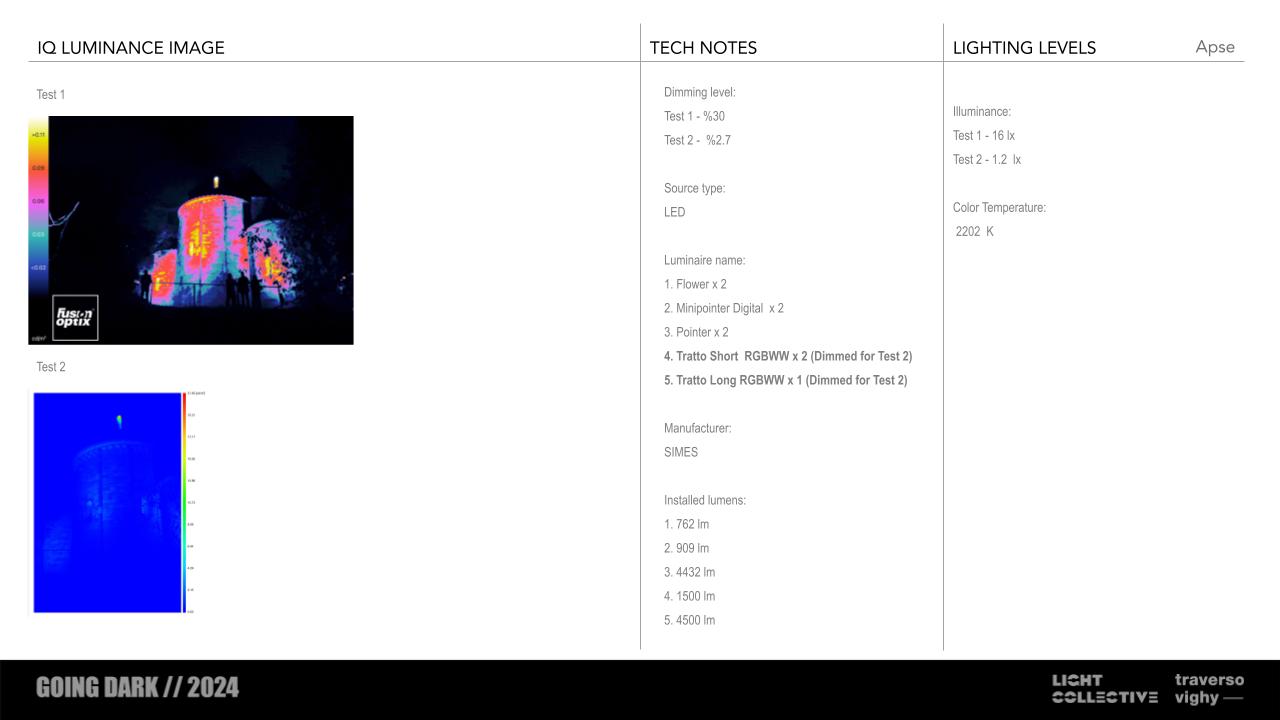
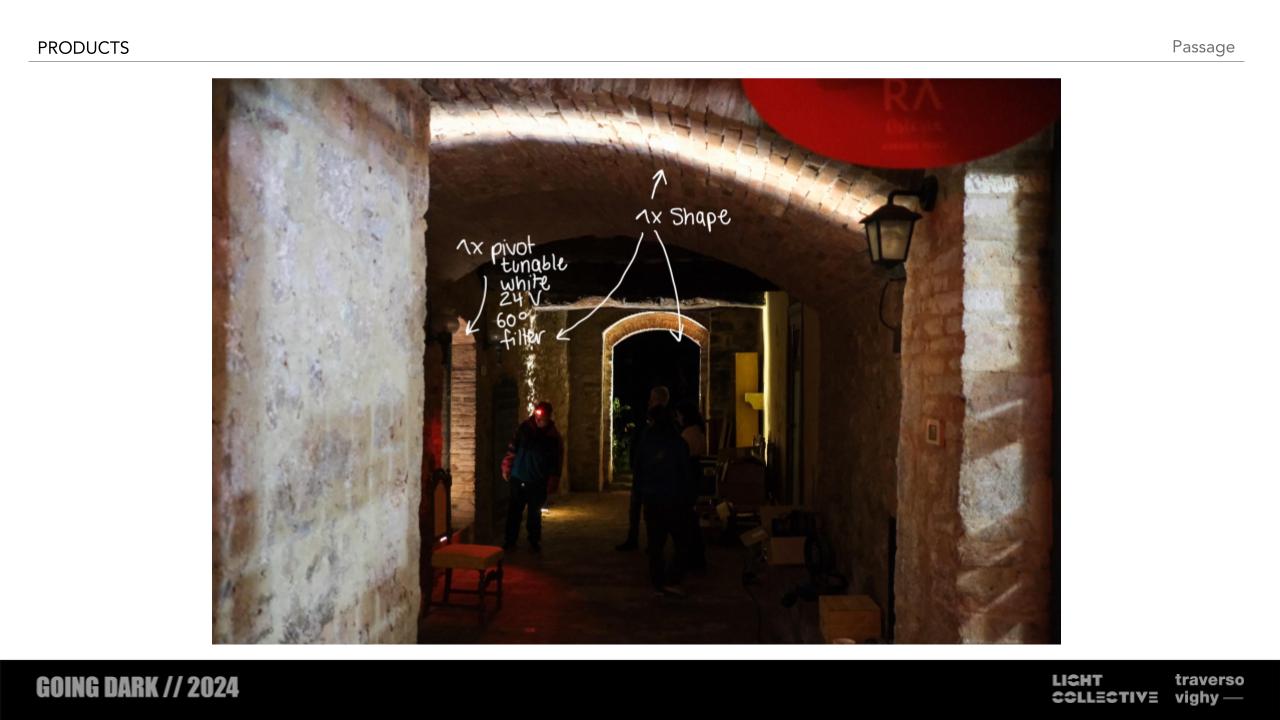

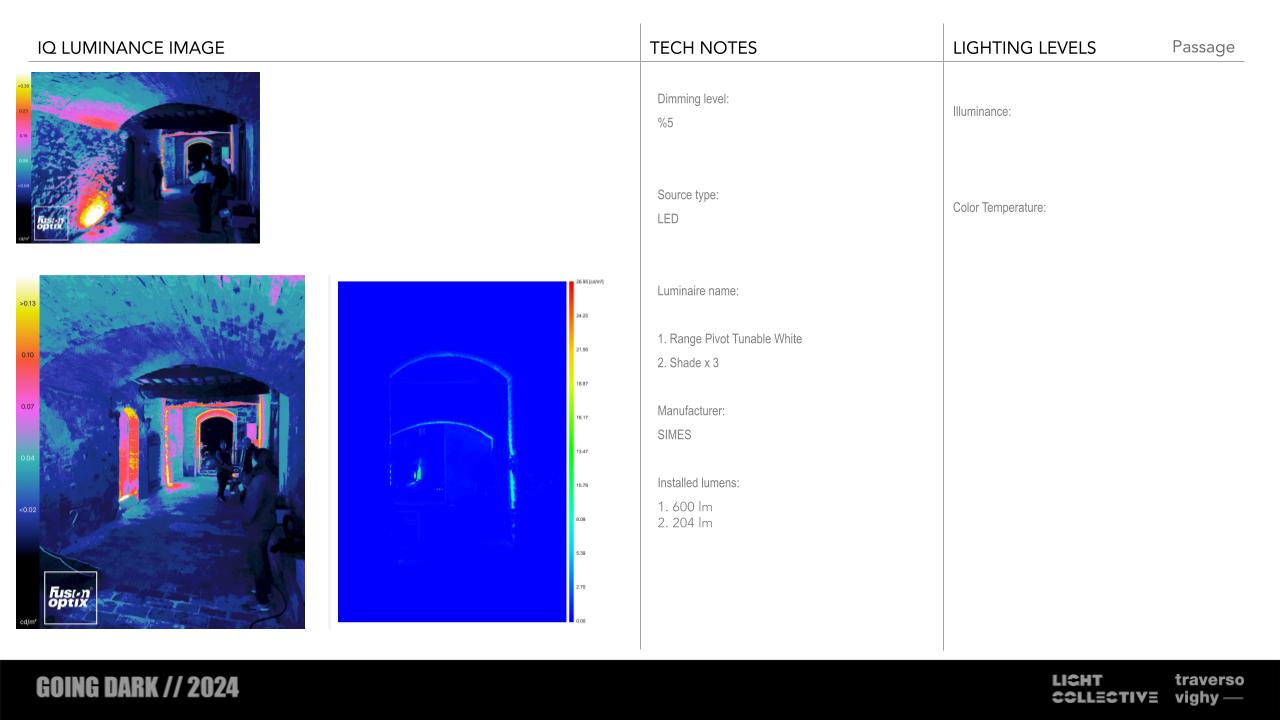
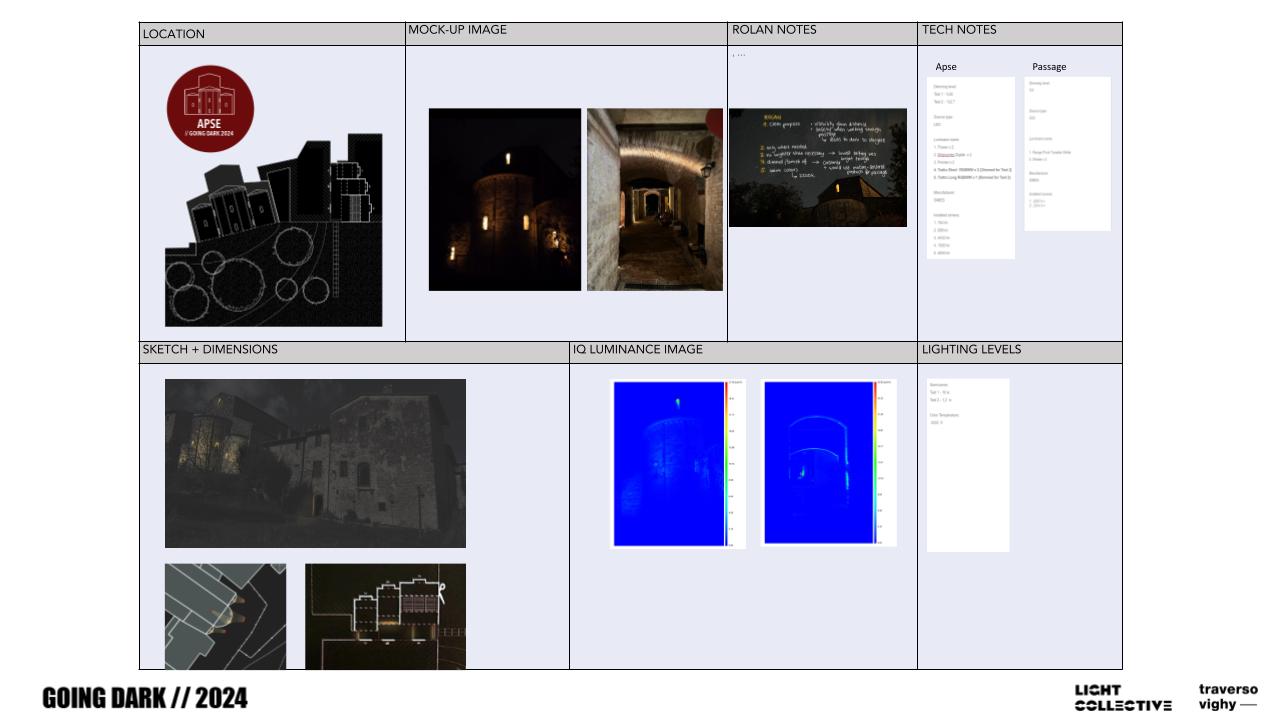
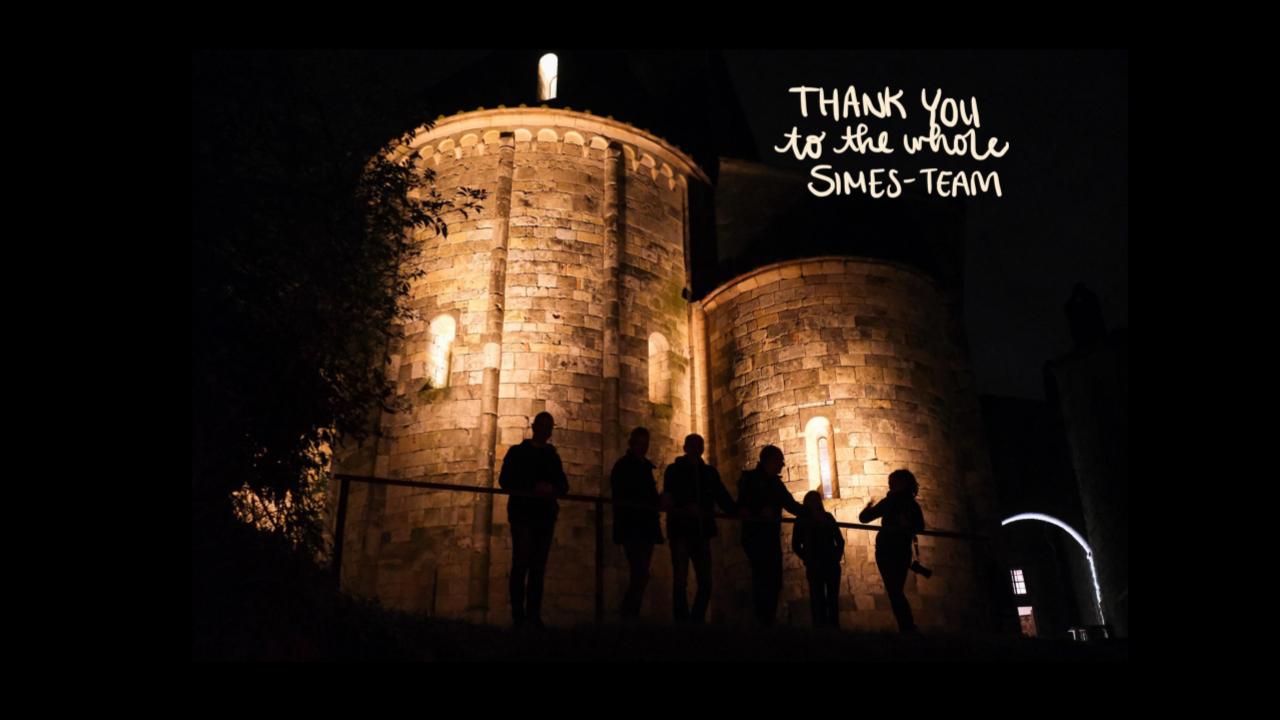

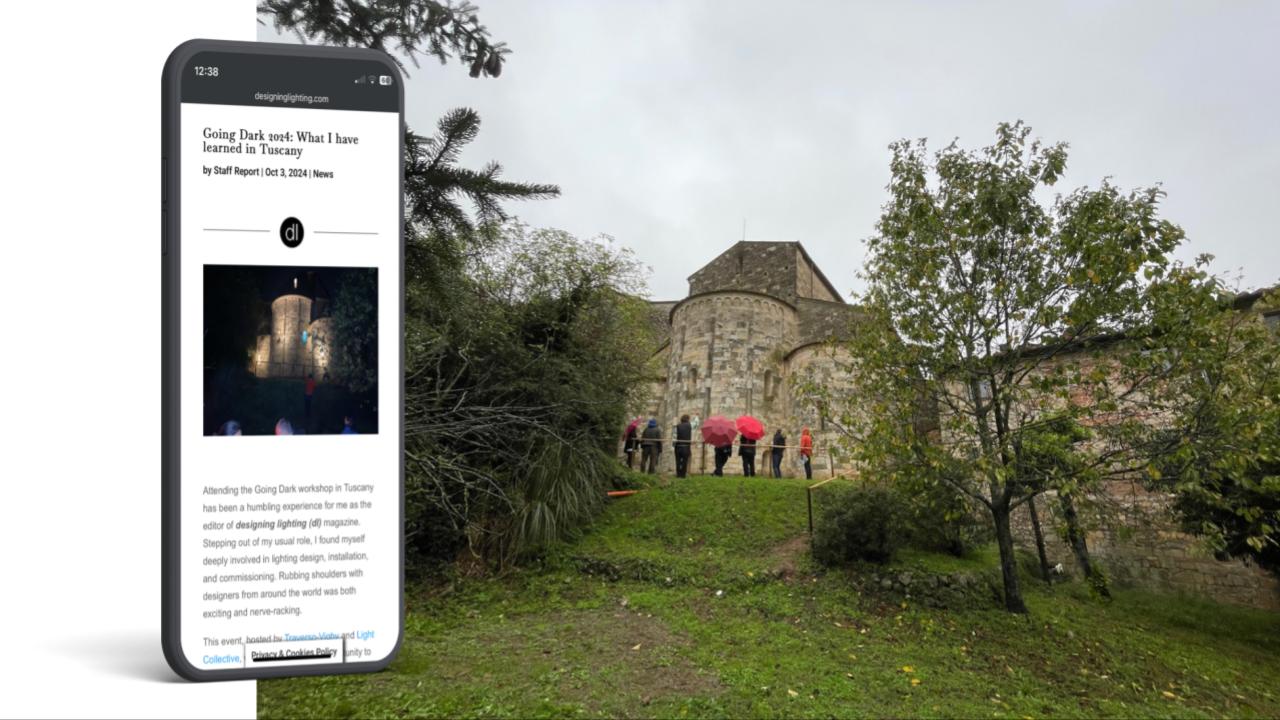
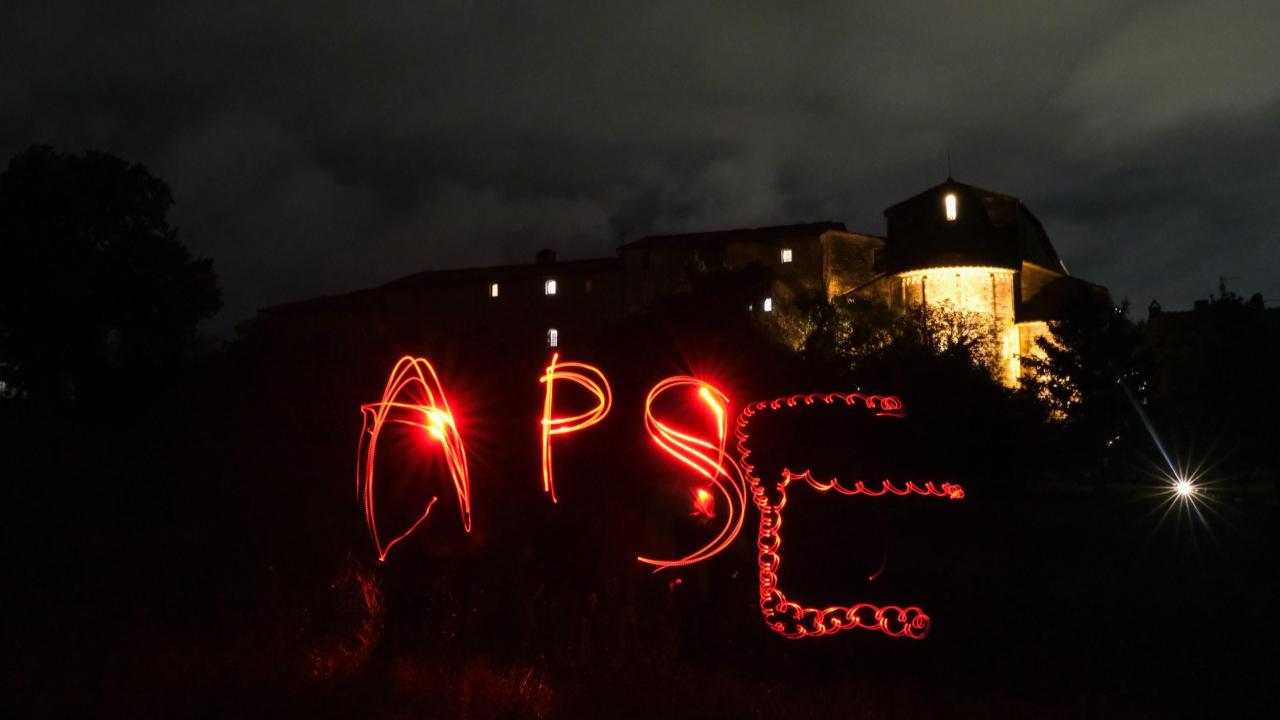
Workshop photos by Matteo De Bernardini:

